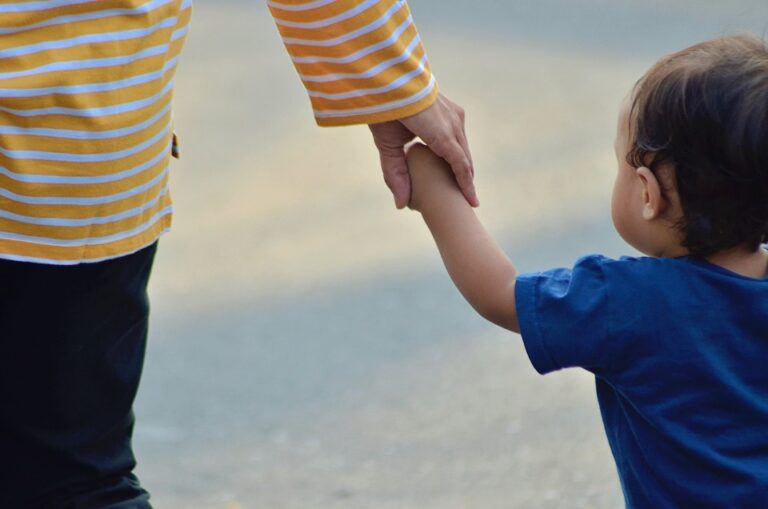
[ad_1]
5 Ways to Spark (*5*) and Self-Expression in Children
Children are naturally creative and imaginative, but sometimes they need a little help to truly spark their creativity and self-expression. By providing the right environment and encouragement, parents and educators can help children tap into their creative potential and express themselves in unique and meaningful ways. Here are five effective strategies to help spark creativity and self-expression in children.
1. Provide a Creative Environment
One of the most important ways to spark creativity in children is by providing a creative environment. This means surrounding them with art supplies, musical instruments, and other tools for self-expression. Create a dedicated space in your home or classroom where children can engage in creative activities freely and without restrictions. This could be a designated art corner, a music room, or simply a space where children can explore and express themselves through various forms of art and creativity.
2. Encourage Open-Ended Play
Open-ended play is essential for fostering creativity in children. Provide them with toys, games, and materials that allow for open-ended exploration and imaginative play. Avoid toys that have a single purpose or that dictate how they should be used. Instead, opt for toys that can be used in multiple ways, such as building blocks, dress-up clothes, or art supplies. Encourage children to use their creativity and imagination to play and express themselves freely.
3. Support Creative Risks
Encourage children to take creative risks and try new things. Emphasize that making mistakes is a natural part of the creative process and that it’s important to embrace those mistakes as opportunities for learning and growth. Create a safe and supportive environment where children feel comfortable experimenting with new ideas and expressing themselves without fear of judgment or criticism. This will help them build confidence and develop a healthy attitude towards creative risks and challenges.
4. Provide Opportunities for Self-Expression
Offer children plenty of opportunities to express themselves in different ways. This could include art classes, music lessons, drama workshops, or any other creative activities that allow children to explore and develop their unique interests and talents. Encourage them to share their creations with others and express their thoughts, feelings, and experiences through various forms of art and self-expression. Celebrate their achievements and help them find new ways to express themselves creatively.
5. Be a Creative Role Model
Children learn by example, so it’s important to be a creative role model for them. Demonstrate your own creativity and passion for self-expression by engaging in creative activities and pursuing your own hobbies and interests. Share your creative projects and experiences with your children, and encourage them to join you in creative endeavors. By showing them that creativity is an important part of your life, you can inspire and empower them to explore their own creative potential and express themselves in meaningful ways.
Conclusion
By providing a creative environment, encouraging open-ended play, supporting creative risks, offering opportunities for self-expression, and being a creative role model, parents and educators can help spark creativity and self-expression in children. These strategies can have a lasting impact on children’s development and help them develop a strong sense of self-confidence, imagination, and creative expression.
FAQs
Q: How can I help my child develop a love for art and creativity?
A: You can help your child develop a love for art and creativity by providing them with plenty of opportunities to explore and express themselves through various forms of art. Encourage them to try new things and experiment with different art supplies and techniques. Visit art galleries and museums, and expose them to different types of art and creative activities.
Q: What should I do if my child is afraid to take creative risks?
A: If your child is afraid to take creative risks, create a supportive and encouraging environment where they feel safe to express themselves without fear of judgment or criticism. Talk to them about the importance of taking creative risks and making mistakes as a natural part of the creative process. Encourage them to start small and gradually build their confidence through positive reinforcement and praise for their efforts.
Q: How can I be a creative role model for my child?
A: You can be a creative role model for your child by engaging in creative activities and pursuing your own hobbies and interests. Share your creative projects and experiences with your child, and encourage them to join you in creative endeavors. Show them that creativity is an important part of your life and demonstrate your passion for self-expression through your actions and words.
[ad_2]